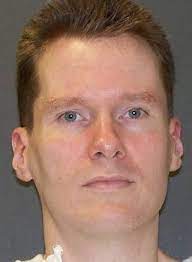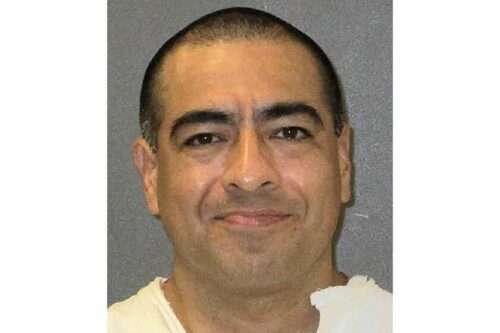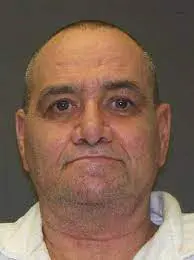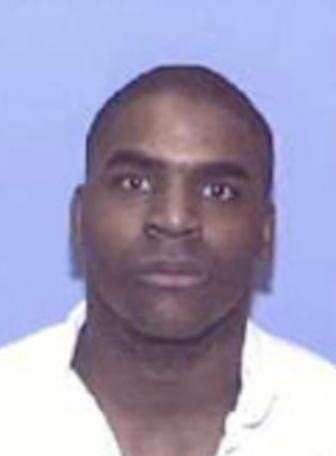John King Texas Execution
John King was executed by the Texas Government for a brutal racial murder. According to court documents John King and two other men would tie James Byrd to the bumper of a truck and dragged the man at high speeds causing his death. John King and Lawrence Brewer would be sentenced to death Shawn Berry would … Read more








